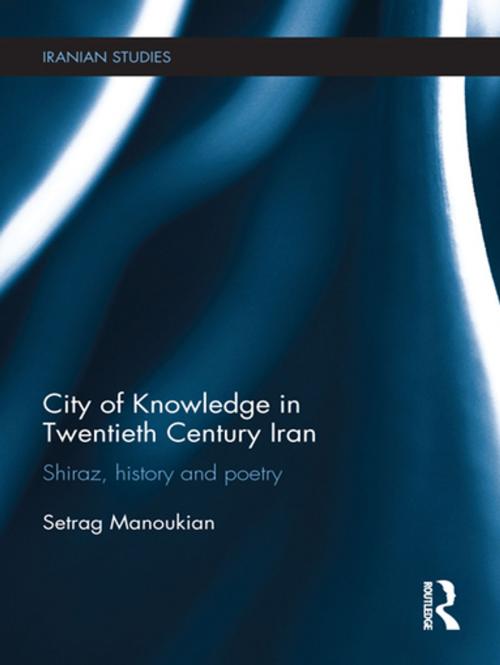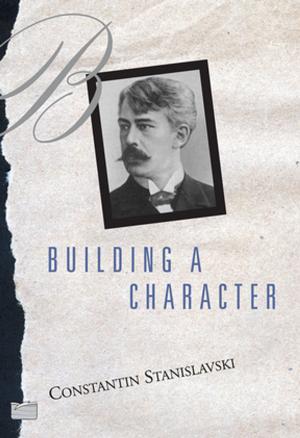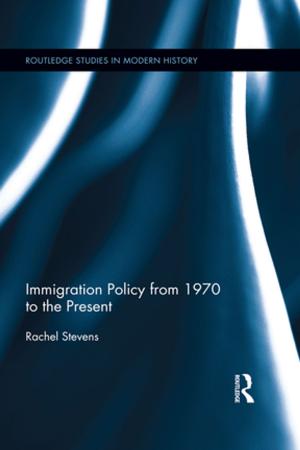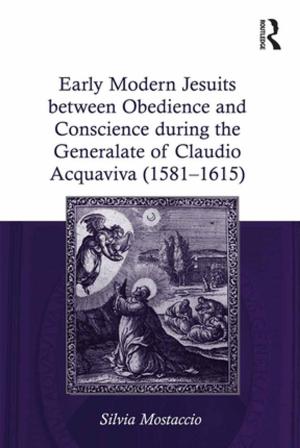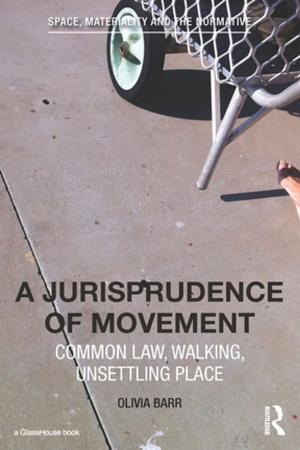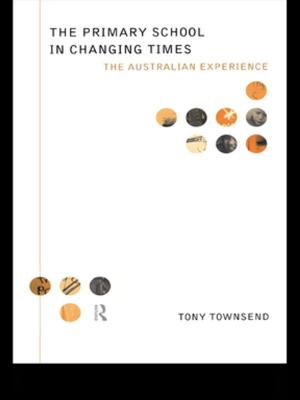City of Knowledge in Twentieth Century Iran
Shiraz, History and Poetry
Nonfiction, History, Middle East, Social & Cultural Studies, Social Science| Author: | Setrag Manoukian | ISBN: | 9781136627163 |
| Publisher: | Taylor and Francis | Publication: | March 12, 2012 |
| Imprint: | Routledge | Language: | English |
| Author: | Setrag Manoukian |
| ISBN: | 9781136627163 |
| Publisher: | Taylor and Francis |
| Publication: | March 12, 2012 |
| Imprint: | Routledge |
| Language: | English |
This book presents a cultural history of modern Iran from the point of view of Shiraz, a city famous for its poetry and its traditions of scholarship. Exploring the relationship among history, poetry and politics, the book analyses how Shiraz came to be defined as the country’s cultural capital, and explains how Iranians have used the concept of culture as a way of thinking about themselves, their past and their relationship with the rest of the world.
Weaving together a theoretical approach with extensive ethnographic research, the book suggests a model to integrate broad concerns with a nuanced analysis of Iran’s cultural traditions and practices. The author’s interdisciplinary approach sheds light on how contemporary Iranians relate to classical Persian poetry; on the relationship between expressive forms and the political imagination; and on the different ways teachers, professors, cultural managers, poets and scholars think and work. He describes how history and poetry are the two dominant modes to talk about the past, present and future of the town and demonstrates that the question of knowledge is crucial to an understanding of the political and existential dimensions of life in Iran today.
This book will be a major contribution to the current effort to move away from nationalist views of Iranian history and culture, and as such will be of great interest to scholars of cultural anthropology, history, Middle Eastern studies and Iranian studies.
This book presents a cultural history of modern Iran from the point of view of Shiraz, a city famous for its poetry and its traditions of scholarship. Exploring the relationship among history, poetry and politics, the book analyses how Shiraz came to be defined as the country’s cultural capital, and explains how Iranians have used the concept of culture as a way of thinking about themselves, their past and their relationship with the rest of the world.
Weaving together a theoretical approach with extensive ethnographic research, the book suggests a model to integrate broad concerns with a nuanced analysis of Iran’s cultural traditions and practices. The author’s interdisciplinary approach sheds light on how contemporary Iranians relate to classical Persian poetry; on the relationship between expressive forms and the political imagination; and on the different ways teachers, professors, cultural managers, poets and scholars think and work. He describes how history and poetry are the two dominant modes to talk about the past, present and future of the town and demonstrates that the question of knowledge is crucial to an understanding of the political and existential dimensions of life in Iran today.
This book will be a major contribution to the current effort to move away from nationalist views of Iranian history and culture, and as such will be of great interest to scholars of cultural anthropology, history, Middle Eastern studies and Iranian studies.
